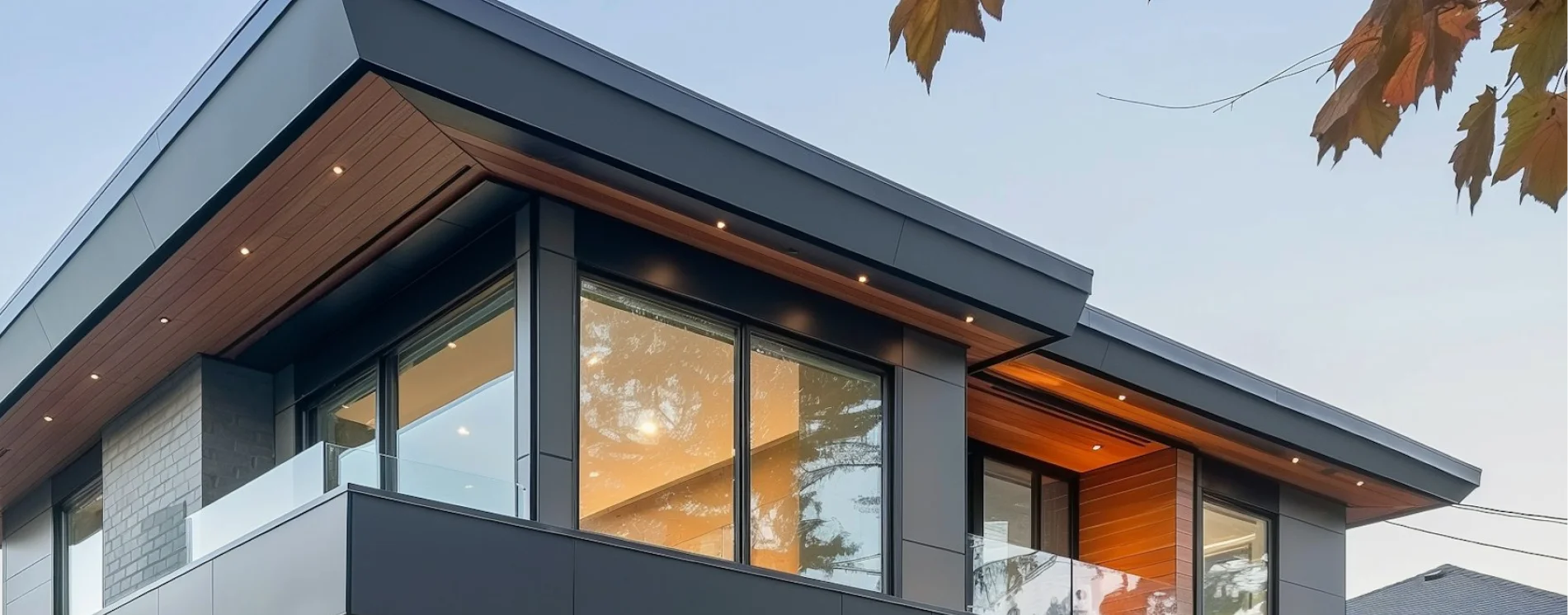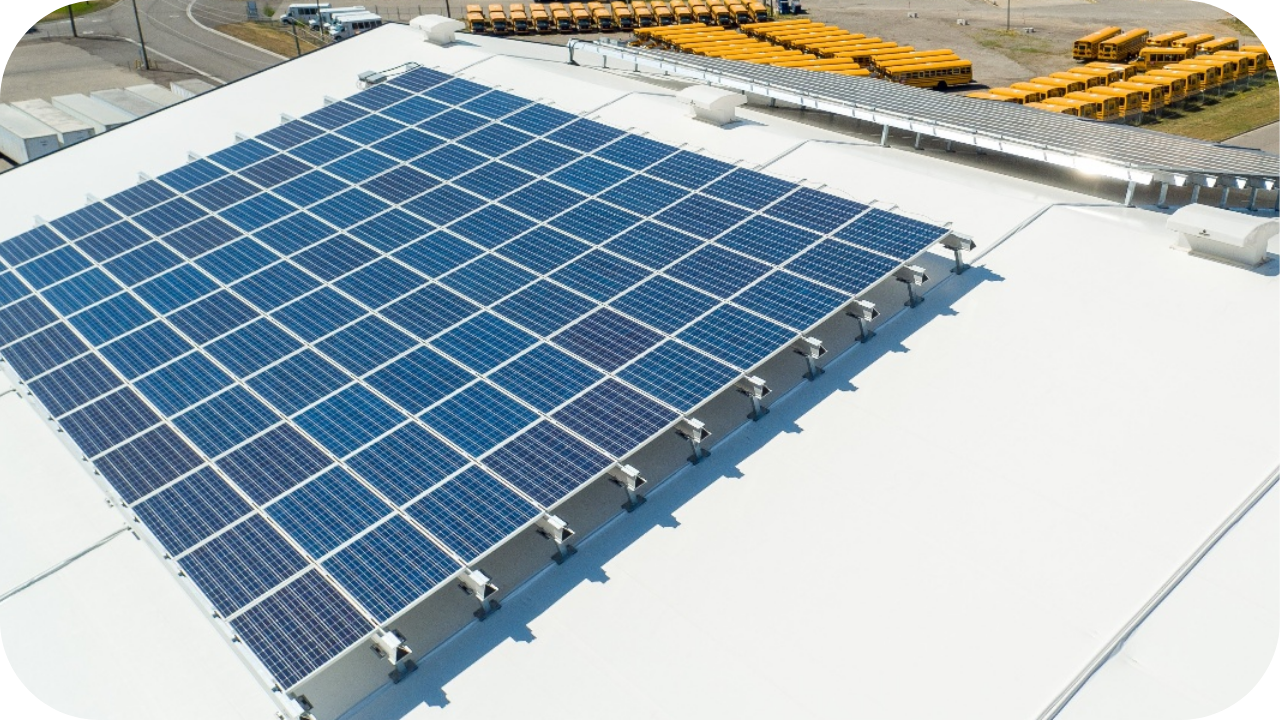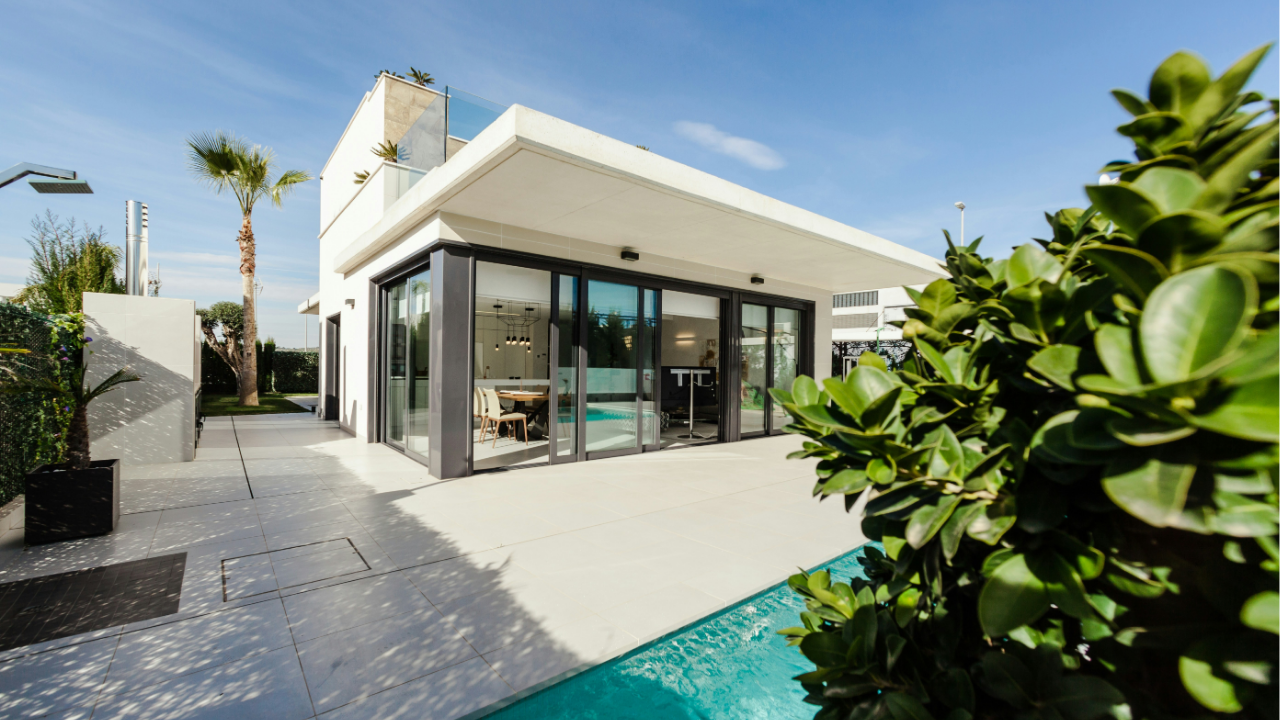.png)
.png)

Building your first home is one of life’s biggest milestones, but it can quickly become overwhelming without a clear plan. From navigating council approvals to balancing budgets and making design decisions, it’s easy to feel lost before construction even begins.
That’s why solid pre-construction planning isn’t just helpful, it’s essential. With the right guidance, you can avoid common pitfalls and move forward with confidence.
In this guide, we break down the key steps every first-time builder should know to ensure a smooth, successful journey from concept to completion.
A custom home should be an expression of how you live, not just how it looks. Before drawing up plans, reflect on your routine, family dynamics, and long-term goals. Think about where you spend the most time and what features would improve your daily life.
Maybe it’s a sun-drenched study, a large open kitchen, or an alfresco area for entertaining. Understanding these priorities upfront helps shape spaces that are practical and personal.
Don’t follow trends blindly. Instead, build around your own version of comfort and functionality. The clearer your vision, the easier it is to create a truly tailored home.

Money decisions are at the heart of any successful project. Start by setting a firm but flexible budget that accounts for everything, not just construction.
Include site surveys, permits, design fees, and professional services. Allocate funds for finishes, furnishings, and landscaping. Often overlooked, these extras add up quickly. Plan for fluctuations by setting aside a contingency buffer of around 10-15%.
No build goes entirely to plan. Unforeseen issues or upgrades often arise mid-project. A solid financial roadmap gives you confidence and control. When every dollar has a job, you’re better prepared to manage costs without sacrificing your vision.
The land you build on has a powerful influence on the outcome of your project. Choosing the right block means thinking beyond location. Look at orientation, slope, drainage, zoning, and accessibility.
A steep or narrow site may require creative design, but could add thousands to excavation or retaining costs. Soil type can affect slab requirements or structural engineering. Before committing, organise a soil test and land survey to understand what lies beneath the surface.
By selecting a site that suits both your design and your budget, you’ll set yourself up for success well before construction even begins.

Partnering with the right architect or designer can bring your ideas to life with clarity and sophistication. A skilled professional translates lifestyle needs into functional spaces while ensuring local regulations, lighting, orientation, and spatial flow are all optimised.
Don’t just hire based on drawings. Look at how well they listen and collaborate. Review past projects and ask how they navigate changes or constraints. At ROMAAC Group, we believe great design comes from open dialogue, not cookie-cutter templates.
Early alignment between you, the architect, and the construction team creates a foundation of trust, creative synergy, and practical buildability.
Skipping or delaying permits can halt your project before it starts. In Victoria, you may need both planning and building permits, depending on your site and design.
These approvals ensure your build complies with council requirements, safety standards, and zoning laws. Applications can take weeks or even months to process. Starting early allows time for revisions or extra reports if requested.
Engage professionals who understand the system and can manage the paperwork on your behalf. A proactive approach avoids bottlenecks later in the build. When approvals are sorted early, you can move forward with greater certainty and fewer surprises.

Sustainable building is more than a trend. It adds long-term value, reduces utility costs, and creates a more comfortable home. Start with passive design principles.
Orient living spaces to capture natural light and ventilation. Choose insulation, glazing, and materials that suit the climate and support year-round efficiency. Incorporate solar panels, water tanks, and low-energy fixtures where possible.
Not every decision needs to be high-tech or expensive. Even small sustainable choices add up. At ROMAAC Group, our team designs with both style and responsibility in mind, helping clients lower their footprint while achieving a healthy and efficient living environment.
Designing with tomorrow in mind saves you the cost and hassle of retrofitting later. Consider how your needs might change over time.
Will you need more storage, flexible spaces, or accommodation for guests or ageing parents? Think about how technology can support your lifestyle now and in future. Pre-wire for smart lighting, audio systems, and home security.
Allow room in switchboards for later upgrades. Smart home integration is most efficient when planned before walls go up. ROMAAC Group can guide you through solutions that are both functional and future-ready. The goal is a home that grows and adapts with you.

A trusted builder does more than follow drawings. They guide, communicate, and help turn ideas into reality. Don’t rush this decision. Research builders with a portfolio that matches your style and quality expectations.
Ask for references, inspect past projects, and observe how they handle questions. Strong relationships with consultants, such as engineers, certifiers, and surveyors, also streamline the process. Make sure your builder works well with your architect or designer.
ROMAAC Group’s collaborative model ensures clear communication across all touchpoints. When your team is aligned from day one, the build becomes more predictable, more efficient, and far less stressful.
Every project benefits from a realistic timeline. Begin by mapping out major phases: design, approvals, demolition or excavation, construction, and handover. Factor in time for ordering materials, sourcing trades, and weather-related delays.
Timelines aren’t fixed, but they set expectations and help everyone stay accountable. Review them with your builder regularly to spot any slippage early. Rushed decisions often lead to costly mistakes. Allow breathing room for finishing selections and quality control.
A well-structured timeline reduces panic, keeps budgets in check, and ensures trades stay on task. At ROMAAC Group, we prioritise transparent scheduling to keep our clients informed at all times.

Clear communication is your strongest asset throughout the build. Misunderstandings often stem from verbal agreements or vague expectations. Keep a paper trail of every decision, variation, and quote.
Use emails, shared folders, or project management platforms to centralise updates and files. Schedule regular site visits and progress meetings so nothing gets lost between plans and execution. If changes arise, document them promptly to avoid disputes.
Good builders welcome questions and transparency. ROMAAC Group encourages open dialogue with every client. When communication is clear and documented, trust grows, timelines are protected, and the final outcome aligns with your original vision.
Pre-construction planning lays the groundwork for a smooth, successful build, but working with the right team makes all the difference. Here’s why first-time builders trust ROMAAC Group to lead with precision and insight:
Pre-construction planning shapes everything that follows in your building journey. With expert support, even first-time builders can move forward with clarity and confidence. ROMAAC Group offers premium guidance tailored to your goals, site, and budget.
Ready to build with certainty? Contact our team today to schedule your personalised consultation and discover how ROMAAC Group can guide your project with precision, professionalism, and care for a seamless, high-end custom home experience.


